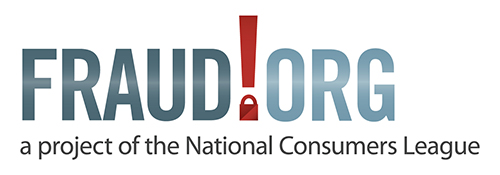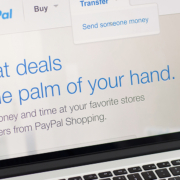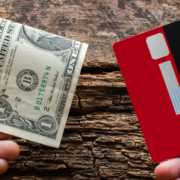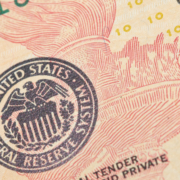Online sellers, don’t be fooled by spoofed PayPal emails
Scammers posing as buyers of items for sale online have mastered the art of spoofing PayPal emails to instruct sellers to send their items and get away with them for free.
With summer’s long-awaited arrival comes barbeques, vacations, and the long put-off tasks of cleaning out a garage or closet. If you are like millions of Americans that turn to websites like eBay, Craigslist, or your local classifieds section to help declutter your home and earn some extra cash, you may be at risk for the “check is in the mail” scam (also known as the “PayPal buyer payment scam.”)
In the last year, complaints to NCL’s Fraud.org from consumers who were victims of this scam have nearly doubled. In a typical scam, a consumer who has placed an item for sale on a website like Craigslist receives a reasonable offer from a scammer posing as a buyer. The scammer and the seller agree on the price, and the scammer claims to send their payment through PayPal.
However, unbeknownst to the seller, the scammer never sends their payment to PayPal. Instead, the scammer sends a spoofed PayPal email saying that the payment has been received, but that it will only be released to the seller once that item has been mailed by the buyer. Unfortunately for the seller, the buyer has no intention of ever sending the money, and will disappear as soon as they receive the item without ever paying for it.
The account one victim from Tennessee gave us is typical of the scam:
“I listed a diamond ring for $7,000 on eBay and received a purchase confirmation,” wrote the consumer. After accepting the offer, “I began to receive fake PayPal emails…informing me the payment had been sent but that the item needed to be shipped prior to the funds being deposited into my PayPal account.”
In this case, the scammer went to great lengths to appear legitimate by requesting additional photos of the item from the seller and providing confirmation after the seller sent the scammer the tracking number. The scammer even provided assurances that the money was on its way after the item had been shipped.
Fortunately, while getting ensnared in a “check is in the mail” scam can be costly, there are several tips that you can take to avoid becoming a victim:
- Be on the lookout for spoofed emails. A legitimate email from PayPal will always address you by your first and last name. If the email begins with “Dear user,” or “Hello,” it is a fraudulent email.
- Always confirm payment before sending an item. Never trust an email to determine if you have received payment. Instead, type www.paypal.com into your browser and log into your account to ensure that payment has been received.
- Be wary of “accidental” overpayments. Many fraudsters will send out a spoofed email that says you were overpaid for an item, and then follow up with a request for you to send some of the money back. Fortunately, it is very easy to fact check the buyer’s story. Before sending money back, log into your PayPal account and check to see how much the buyer actually sent you. It is likely that the buyer didn’t send you any money and is instead trying to not only get your item for free but also to scam you into sending them additional money.
Identifying a “check is in the mail” scam is not always easy. If you suspect that you have become a victim, report it immediately. You can file a complaint at Fraud.org via our secure online complaint form. We’ll share your complaint with our network of law enforcement and consumer protection agency partners who can investigate and help put fraudsters behind bars.















